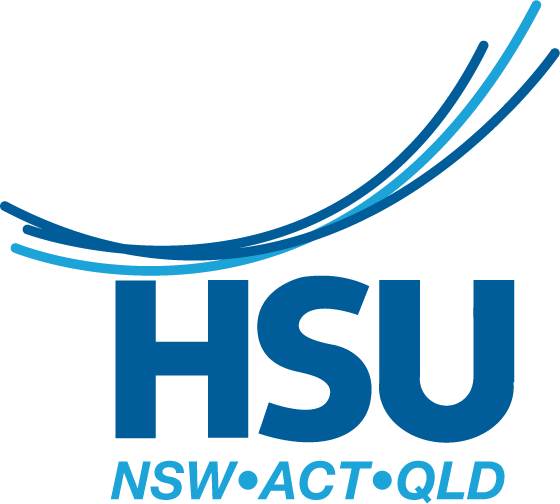Some triple zero callers to be taken to GPs, chemists under new plan
-
Published May 27, 2022
Sydney Morning Herald, 27 May 2022
People who call triple zero but do not need urgent care would be transported to general practitioners or pharmacies under a proposal to help the state’s ambulance network deal with unprecedented demand.
NSW Ambulance is reviewing “an alternate transport option” to health care services, such as general practitioners or pharmacists, for some triple-zero callers who are assessed as having conditions that do not need an urgent ambulance response.
The state’s ambulance service has reached its highest possible emergency response level multiple times in recent weeks, including on Thursday, with ambulances attending a near-record 116,000 cases in April.
Growing pressure on the service comes as doctors warn that emergency departments are so overcrowded patients are being treated in corridors and ambulances are routinely ramped for hours outside hospitals waiting to offload patients.
Paramedics told the Herald a pilot program to use taxis to transport non-emergency patients to healthcare services was in its final stages of planning.
Screenshots seen by the Herald show that the network hit “status three” mode – its most severe level – just after 3pm on Thursday. Internal system data showed at one point there were just seven out of 142 ambulances on the road able to transport patients.
A NSW Ambulance spokesperson said: “This program would only be used for people who have called triple zero, who have been assessed by a clinician as not requiring an ambulance response and are unable to make their own way to a healthcare provider.”
“This would help NSW Ambulance clinicians focus on patients who need an emergency response”.
In Victoria, taxis are used in some cases to take a patient to hospital if their condition is less urgent, or they do not need any pre-hospital care, and they have no other means of private transport. Taxis are not used in Victoria for patients in emergencies or whose conditions need supervision.
In that state, a clinical response model was implemented between 2015 and 2016 to manage “some event types which previously received an automatic emergency response” but were now processed through a secondary triage process.
Data from the Bureau of Health Information shows there were about 347,000 calls to NSW Ambulance in the last quarter of 2021, the second-highest call volume for any quarter in the past decade.
“NSW Ambulance paramedics will continue providing out-of-hospital care to patients who require
transport to a hospital emergency department ... and [we] continue to urge the community to only call triple zero if they are experiencing a medical emergency,” a NSW Ambulance spokesperson said.
During the state’s first Omicron wave, NSW Ambulance expanded its Virtual Clinical Care Centre (VCCC) at Gladesville to deal with a sharp rise in triple zero calls.
“Where an ambulance is not required immediately, experienced VCCC clinicians perform secondary triage to better understand the needs of the patient,” according to the NSW government’s eHealth website.
The Health Services Union (HSU), which includes 3300 paramedics as members, said the VCCC was another resource to help “people get the medical care they need”.
“We should be doing anything we can reduce unneeded pressure on ambulances. Surging calls and demand within a limited workforce means we have got a perfect storm,” HSU Secretary Gerard Hayes said.
“Obviously, everyone who needs to go to hospital should. But fully equipped ambulances should be used for medium and high acuity cases”.
A NSW Ambulance spokesperson said 750 paramedics and control centre staff have been recruited under the statewide workforce enhancement program, which was completed early as part of the COVID staffing surge.
NSW Health Minister Brad Hazzard on Thursday attended the opening of a 12-storey clinical services building at Campbelltown Hospital that will boost bed capacity at the hospital by more than 50 per cent as well as deliver expanded health services.
Premier Dominic Perrottet said it was pleasing to see the realisation of a “line item” first written in the 2017 state budget.“This will be a game changer for western Sydney when patients start to come through in June,” he said.
